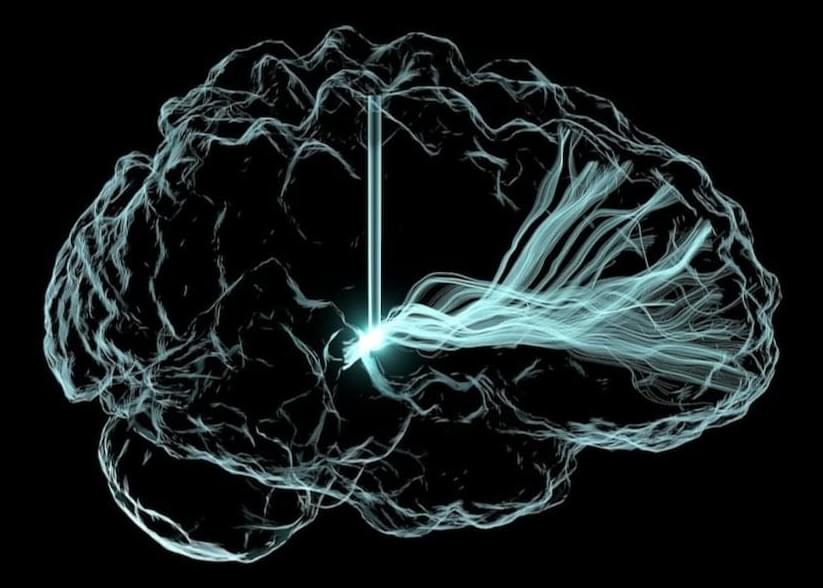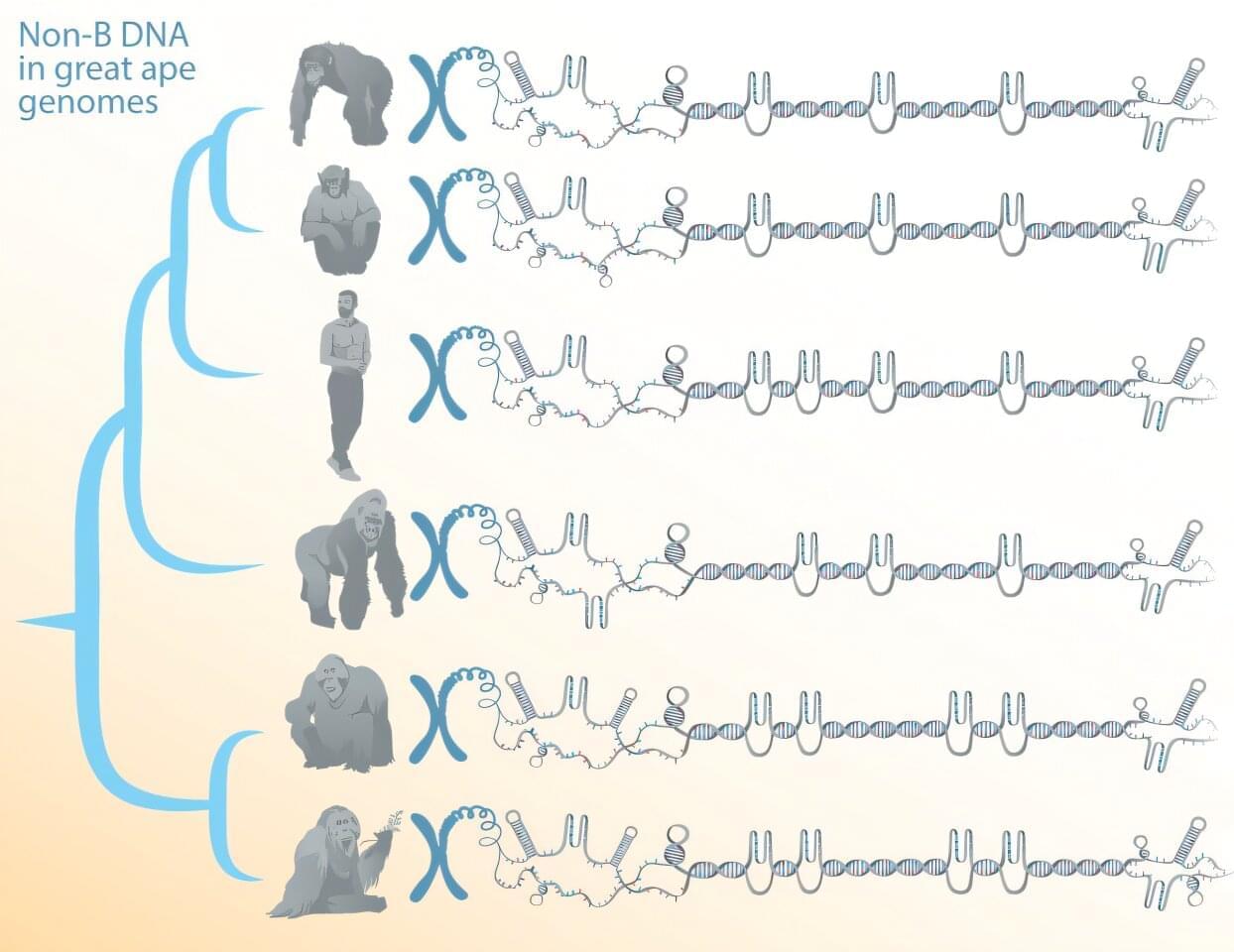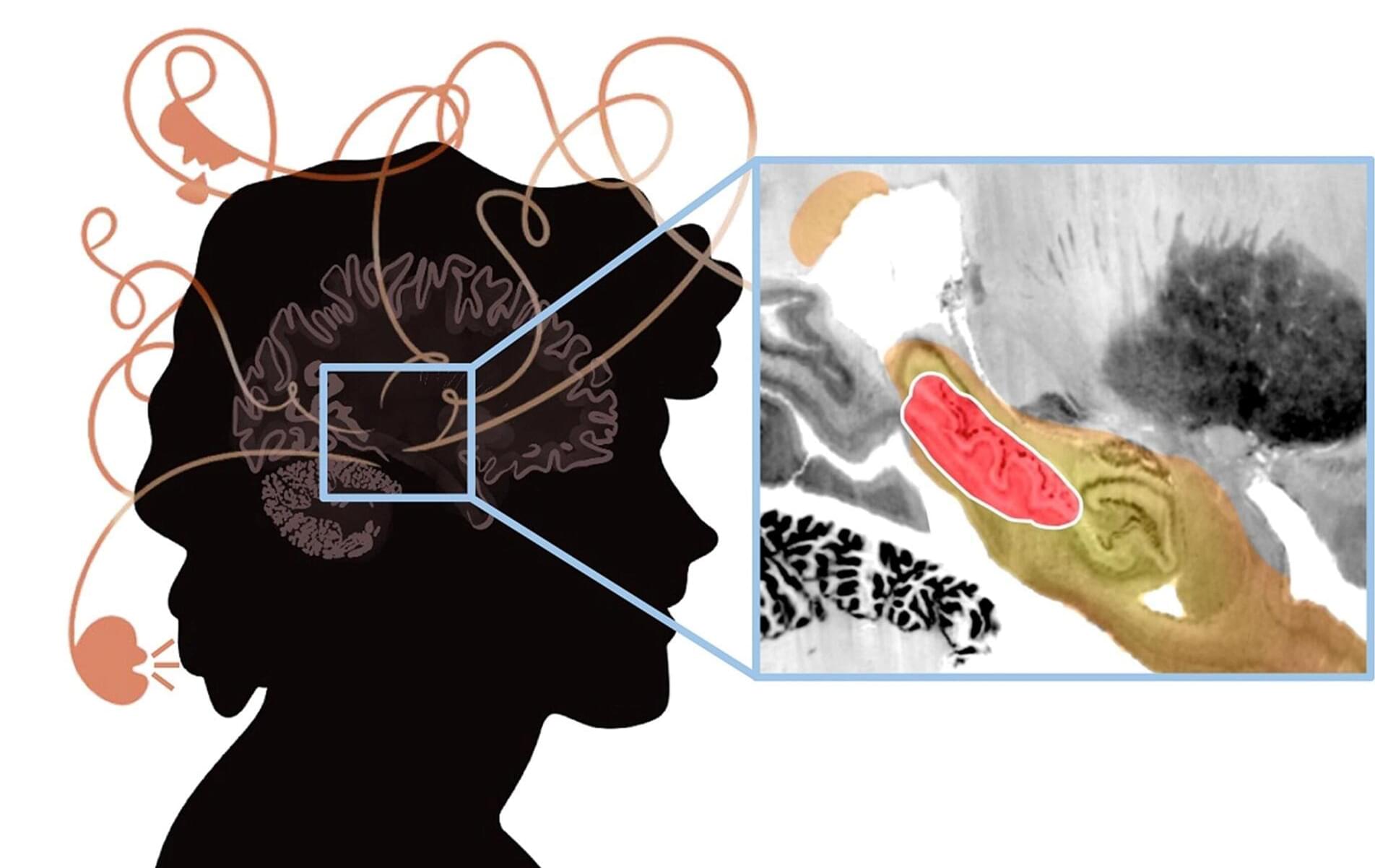There’s no replacement for displacement. An adage that’s been around as long as the combustion engine, really. But these age-old sayings don’t really apply anymore when it comes to electric motors.
Earlier this year, we talked about Koenigsegg’s Light Speed Tourbillon Transmission (LSTT). We explored how it couples the 5-liter, 1,500 horsepower (1,119 kW), 1,106 lb-ft (1,500 Nm) of torque, “Hot V8” engine shoed into the rear of the Gemera hypercar and the 850-volt Dark Matter electric motor mounted in the front – but we never got into the specifics of this insane electric powerplant and what makes it so remarkable.
Unveiled in 2023 and stuffed into the Koenigsegg Gemera, the Dark Matter motor created an entirely new league of high-performance electric motor that didn’t quite exist before. Most of its details are still hidden away in a secret Koenigsegg vault while awaiting patent protection.








